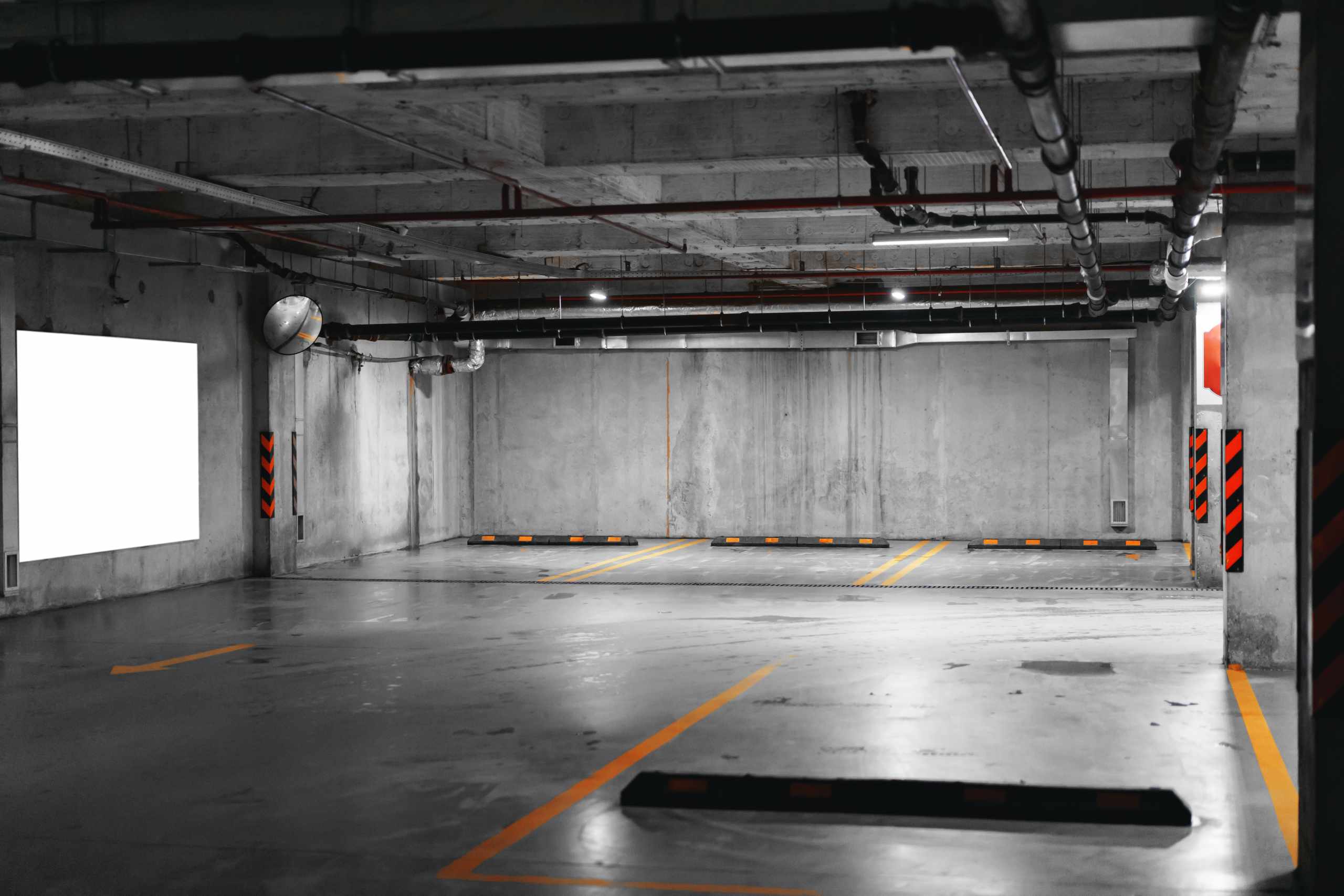Building a garage is a great way to add value to your property while also providing a safe and secure place to store your vehicles and other possessions. While hiring a contractor to build a garage for you can be expensive, building one yourself can be a cost-effective and rewarding project.
In this article, we will guide you through the steps to build a garage yourself at home, from planning and design to construction and finishing.
Step 1: Planning and Design
What's in this article...
The first step in building a garage is to plan and design your project. You will need to decide on the size, style, and features of your garage based on your needs and preferences. Here are some things to consider:
Size: Determine the size of your garage based on the number of vehicles you want to store, as well as any other items you want to keep in the garage, such as tools or equipment. A typical two-car garage is usually around 20 feet by 20 feet, but you can adjust the size to fit your needs.
Style: There are many different styles of garages to choose from, such as detached, attached, and breezeway. Consider the style that best suits your property and your needs.
Features: Think about the features you want in your garage, such as windows, doors, skylights, and electrical outlets. Make sure to include enough space for storage, workbenches, and other equipment you may want to include.
Once you have a clear idea of the size, style, and features you want in your garage, you can start to create a design plan. You can draw your own plans or use pre-made plans from a garage plan provider. Make sure to check with your local building codes and regulations to ensure that your design meets all requirements and obtain any necessary permits.
Step 2: Site Preparation
Before you begin construction, you will need to prepare the site where your garage will be built. Here are some things to consider:
Clear the area: Clear any debris, vegetation, or other obstacles from the site where your garage will be built.
Level the ground: Ensure that the ground is level and stable. If necessary, you may need to add fill dirt or dig out the site to create a level surface.
Mark the boundaries: Use stakes and string to mark the boundaries of your garage site.
Step 3: Foundation
The foundation is the most important part of your garage. A solid foundation will ensure that your garage is stable and secure. Here are some options for garage foundations:
Concrete Slab: A concrete slab is a popular choice for garage foundations. It provides a level and durable surface for your garage.
Block Foundation: A block foundation is another option for garage foundations. It is less expensive than a concrete slab but requires more labor to install.
Pier Foundation: A pier foundation is a good option if your garage site has uneven or sloping ground. It involves placing concrete piers at regular intervals to support the garage.
Once you have decided on a foundation type, you will need to hire a professional or rent the necessary equipment to excavate the site and pour the foundation.
Step 4: Framing
Once the foundation is in place, it’s time to start framing your garage. Here are the steps to follow:
Install the sill plate: The sill plate is the first piece of framing that sits on top of the foundation. It is usually made of pressure-treated lumber to prevent rot and decay.
Install the wall studs: The wall studs are the vertical framing members that make up the walls of your garage. They are usually spaced 16 inches apart.
Install the roof trusses: The roof trusses are the triangular structures that support the roof. They are usually pre-made and can be installed quickly.
Install the roof sheathing: The roof sheathing is the material that covers the roof trusses. It can be made of plywood or oriented strand board (OSB).
Install the exterior sheathing: The exterior sheathing is the material that covers the exterior walls of your garage. It can be made of plywood, OSB, or other materials.
Step 5: Roofing and Siding
Once the framing is complete, it’s time to install the roofing and siding. Here are the steps to follow:
Install the roofing: The roofing material you choose will depend on your preferences and budget. Some popular options include asphalt shingles, metal roofing, and clay tiles.
Install the siding: The siding material you choose will also depend on your preferences and budget. Some popular options include vinyl siding, wood siding, and fiber-cement siding.
Step 6: Electrical and Plumbing
If you plan to use your garage as a workshop or storage space, you may want to add electrical and plumbing features. Here are some things to consider:
Electrical: Install electrical outlets, lighting, and switches to provide power to your garage. Hire a licensed electrician to ensure that all wiring is installed safely and up to code.
Plumbing: If you plan to add a sink or toilet to your garage, youwill need to hire a licensed plumber to install the necessary plumbing lines and fixtures.
Step 7: Finishing Touches
After the major construction is complete and the electrical and plumbing features have been installed, it’s time to add the finishing touches. Here are some things to consider:
Painting: Paint the walls and ceiling of your garage to give it a finished look. Choose a paint color that complements the exterior of your home.
Flooring: Install flooring in your garage to provide a clean and durable surface. Options include concrete, epoxy, and interlocking tiles.
Storage: Install shelves, cabinets, and other storage solutions to keep your garage organized and functional.
Step 8: Final Inspection
Before you start using your new garage, you will need to have a final inspection to ensure that it meets all building codes and regulations. Hire a professional inspector to check the electrical, plumbing, and structural components of your garage and make any necessary repairs.
In conclusion, building a garage yourself can be a rewarding and cost-effective project. With careful planning and attention to detail, you can create a secure and functional space to store your vehicles and other possessions. Remember to check with local building codes and regulations, obtain any necessary permits, and hire professionals for any work you are not comfortable doing yourself. Good luck with your garage-building project!










